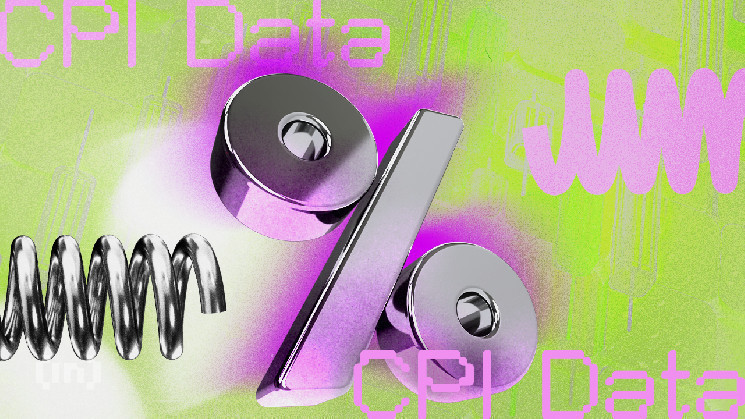The Bureau of Labor Statistics (BLS) released its CPI report on Tuesday, showing inflation slowed in April.
The Bitcoin price posted a modest reaction, as this turnout influences the Federal Reserve’s (Fed) path forward on interest rates.
US CPI Data: Bitcoin Price Unmoved Amid Cooling Inflation
The BLS released its Consumer Price Index (CPI) inflation report on Tuesday at 8:30 AM EST. As measured by the CPI, inflation in the US rose at an annual rate of 2.3% in April, slightly below the pace witnessed in March.
“U.S. CPI: +2.3% YEAR-OVER-YEAR (EST. +2.4%) U.S. CORE CPI: +2.8% YEAR-OVER-YEAR (EST. +2.8%),” Tree news reported
In the immediate aftermath, Bitcoin’s price remained unmoved, down by 0.3%. As of this writing, it was trading for $103,590.

The muted reaction came as the overall market momentum was bullish, with the latest inflation figures not changing sentiment, given that it met expectations.
CPI data, a critical economic indicator measuring inflation, influences the Fed’s monetary policy decisions. When CPI data shows rising inflation, markets typically anticipate interest rate hikes.
However, cooling inflation or easing inflationary pressures, as was the case in April, may increase calls for the Fed to cut rates soon. Such an action could weigh the dollar but boost interest in Bitcoin and crypto.
“CPI is one of the main indicators for the Fed, and this release could show whether tariffs are pushing inflation higher,” a user noted on X (Twitter).
Following the CPI data, the CME FedWatch tool shows markets wager a 91.8% probability of an interest rate cut in the Fed’s June 18 meeting

CPI Data Shows First Signs Of Tariff-Related Inflation
During the post-policy meeting press conference, Fed Chair Jerome Powell noted that near-term inflation expectations had increased due to Trump’s tariffs. He also said that it was time for them to wait before adjusting the policy.
While today’s report does not show signs of tariff-related inflation, the general sentiment is that the full impact of the new policies on inflation could start showing after several months.
The Fed’s position is that the central bank would want to see potential tariff impacts appear in economic data before letting them shape the path of monetary policy.
“The risks of higher unemployment and higher inflation have risen, but they haven’t materialized yet. They really haven’t. They’re not really not in the data yet … Our policy’s in a very good place, and the right thing to do is await further clarity,” Powell stated.
Therefore, even weakness in payrolls next month could be temporary if tariff negotiations continue their positive momentum.
 beincrypto.com
beincrypto.com
